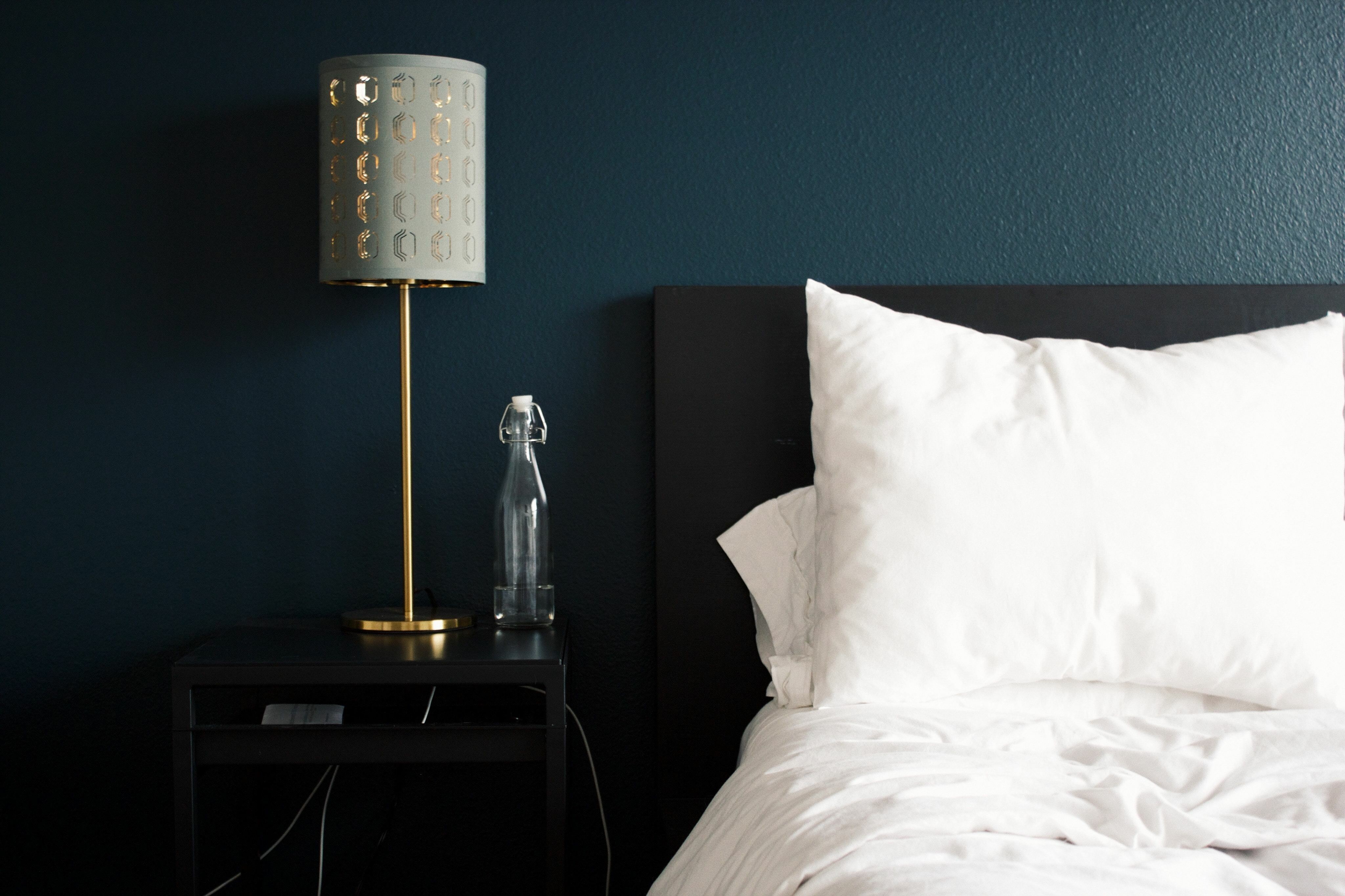The autumn and winter bring dark nights and dull mornings and, due to a lack of sunlight, some people find that they start to suffer from a form of depression called seasonal affective disorder (SAD). Here, David Boultbee, Technical Consultant at Ultra LEDs gives us his expert lighting advice for combating SAD.

Approximately 29% of the UK population suffers from seasonal affective disorder (SAD), according to a research conducted by The Weather Channel and You Gov. SAD is usually characterised by feelings of depression that only occur, or are more severe, in the winter. In some cases, these feelings can be so extreme that they can start to impact a person’s everyday activities (NHS).
It is thought that the lack of sunlight we get in the autumn and winter can cause our brain to produce less serotonin (the happy hormone) and more melatonin (the sleepy hormone), which causes low moods and tiredness.
Luckily, there are various ways you can use lights to help combat these feelings. In this article, I’ll be going through some of the ways you can incorporate lighting into your home to help reduce symptoms of SAD.
Try light a therapy lamp or light box
Light therapy lamps and light boxes are designed to simulate the natural sunlight that is lost in the winter. Using one can help your brain balance out the levels of serotonin and melatonin it produces. Those suffering from SAD may find that sitting by one of these lights for around 20 minutes to an hour each day can greatly improve their mood and wellbeing.
The brightness of light therapy lamps and light boxes is measured in lux units. The higher the lux, the brighter the lamp is. When shopping for your new light, try to aim for one that’s at least 2,500 lux, as this is the minimum amount that’s needed for effective serotonin release.
Invest in a dawn-simulating alarm clock
Your low mood and increased tiredness in the winter could also be caused by waking up to dark mornings. Your body relies on its own internal clock — known as your circadian rhythm —to know when it needs to fall asleep and wake up. Natural exposure to sunlight helps to keep your circadian rhythm in check. But, when you’re waking up to darker mornings, it can confuse your body into thinking it’s still night-time — which is why you might wake up feeling groggy.
To help your body wake up naturally, you could try a dawn-simulating alarm clock. Like light boxes, these clocks emit a light that mimics natural sunlight, but the light gradually gets brighter to simulate dawn breaking. This will wake you up gradually, which can help to regulate your internal body clock, improve your mood and make you feel more refreshed each morning.
Light up your home with LEDs
Of course, you should also ensure that your whole home is well lit during the autumn and winter, too. LEDs are a much better option than halogen or incandescent bulbs as they produce a light that’s closer to natural sunlight. Plus, they can come in dimmable options to help you find the best light level for the time of day. Just like dawn-simulating alarm clocks, having lighting that’s closer to natural daylight can help regulate your circadian rhythm, so filling your home with LED lights could help alleviate some of those SAD symptoms.
You can incorporate LED lights into your home in many different ways. Consider switching your ordinary light bulbs in lamps and light fixtures to LED bulbs, or try changing your spotlight bulbs for LED spotlights. You can also use LED strip lights to add some extra illumination underneath your cupboards and cabinetry. However you decide to use LEDs in your home, just remember to keep it bright to help you get the most from it.
A lack of sunlight in the winter can sometimes cause feelings of low mood and tiredness. But, by using different forms of lighting in your home, you can soon help to lessen your symptoms of SAD. If you’ve tried these methods and you’re not seeing any improvement, speak to your doctor or GP to discuss alternative treatment options.









